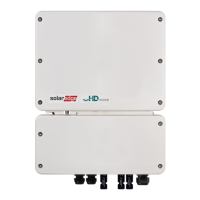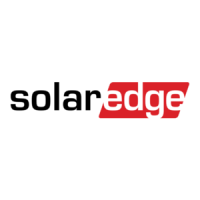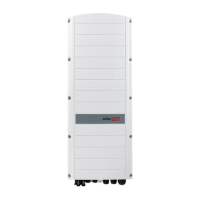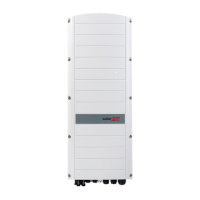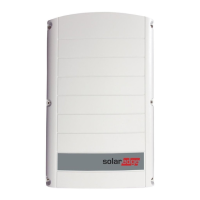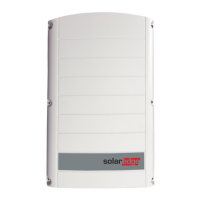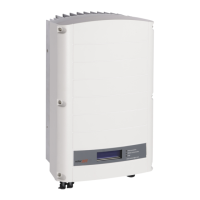What to do if my SolarEdge Inverter has no Internet connection?
- Ccharlene25Aug 14, 2025
If your SolarEdge Inverter lacks an internet connection, first connect a laptop to check for internet access. If unavailable, contact your IT administrator or internet provider. For Wi-Fi networks, ensure the username and password match those defined in your internet provider's access point or router.
